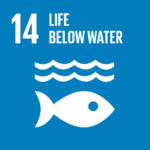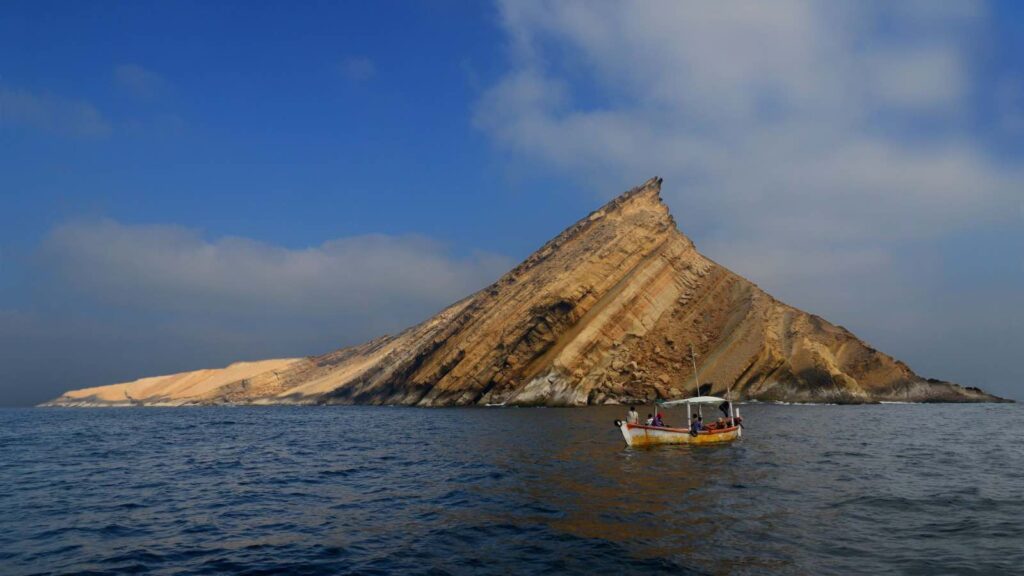Pakistan designated Astola Island and Churna Island as Marine Protected Areas to strengthen conservation efforts and tackle pollution issues.
In a significant move to safeguard its marine ecosystems, Pakistan has designated both Astola Island and Churna Island as Marine Protected Areas (MPAs). The declaration aims to strengthen conservation efforts, protect biodiversity, and address the growing pollution threatening these fragile environments. The recent designation of Churna Island as the country’s second MPA follows Astola Island’s protection in 2017, marking a crucial milestone in Pakistan’s ongoing commitment to marine conservation.
RELEVANT SUSTAINABLE GOALS


Churna Island: A Marine Biodiversity Hotspot
Churna Island, located off the coast of Karachi, is celebrated for its rich biodiversity, including coral habitats, and is considered a vital marine ecosystem. The island is home to over 25 species of coral reefs, 250 species of fish, migratory birds, endangered whale sharks, and sea turtles. Its surrounding waters are a popular destination for recreational activities such as scuba diving, snorkeling, and jet skiing. However, this delicate ecosystem has been under increasing threat from human activities, including industrial pollution, power plant development, and unregulated tourism.
The designation of Churna Island as an MPA is a critical step toward preserving the island’s biodiversity. The protection status will help regulate harmful activities, ensuring that both the local wildlife and marine habitats are safeguarded for future generations. “This is an important step towards ensuring that the fragile ecosystem of the area is protected,” the World Wildlife Fund-Pakistan (WWF-P) said in a statement.
Conservation Leadership: IUCN and Balochistan’s Role
The designation of Churna Island as an MPA reflects the tireless efforts of the International Union for Conservation of Nature (IUCN) Pakistan and the Balochistan provincial government. Since 2016, IUCN Pakistan, through its Mangroves for the Future (MFF) program, has been leading conservation initiatives in the country, focusing on strategic research, identification, and the enhancement of marine protected areas.
The Forest and Wildlife Department of Balochistan has played a pivotal role in driving these efforts, with support from IUCN’s expertise and the National Coordinating Body (NCB) for coastal conservation. The designation of Astola Island in 2017 was the first major achievement, and the recent approval of Churna Island as an MPA marks the continuation of these sustained conservation efforts.
Protecting Ecosystems and Coastal Communities
The new MPA status for Churna Island will bring critical legal protections to its surrounding waters, regulating fishing, tourism, and industrial activities that have posed risks to the island’s marine life in recent years. By establishing strict guidelines, the MPA will help mitigate pollution and overfishing, ensuring that Churna Island’s ecosystems remain intact.
IUCN Pakistan’s Country Representative, Mahmood Akhtar Cheema, praised the Balochistan Forest and Wildlife Department for its dedication to preserving the country’s marine biodiversity. “This designation is expected to have lasting positive impacts on Pakistan’s marine biodiversity and the coastal communities that depend on these ecosystems for their livelihood,” Cheema said.
Pakistan’s growing network of MPAs, starting with Astola and Churna Islands, offers a sustainable model for marine conservation. These initiatives aim not only to protect biodiversity but also to promote responsible resource use and ensure long-term conservation of marine ecosystems. With continued efforts from IUCN and government agencies, Pakistan is setting a standard for the region in marine protection, offering hope for the preservation of its rich marine heritage.
Lead image courtesy of Lorenza Cotellessa. all other images courtesy of Beagle Button.
You may also be interested in :
New Study Predicts Near-Permanent Heatwave State For Indian Ocean




